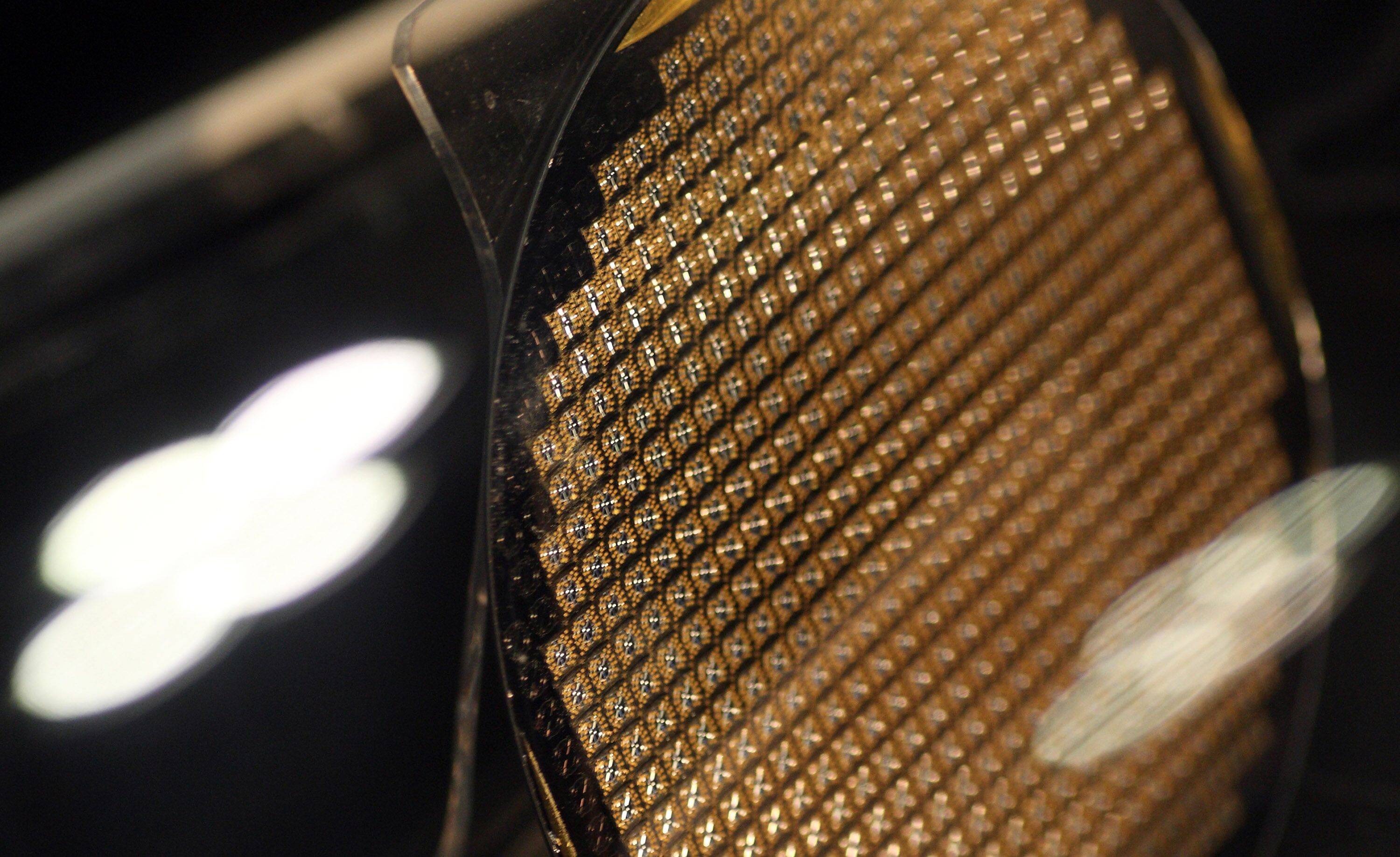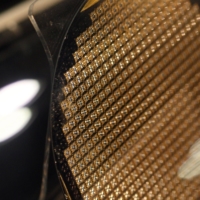The Japanese government aims to triple the sales of companies manufacturing semiconductors, parts and materials in the country to ¥15 trillion ($113 billion) in 2030 by beefing up investments, the industry ministry said Monday.
The goal, to be included in the Economy, Trade and Industry Ministry's semiconductor strategy to be updated later this year, was unveiled amid an intensifying competition to secure the stable supply of the key technology.
In 2020, sales of companies that are manufacturing chips, related parts and materials in Japan totaled about ¥5 trillion, accounting for about 10% of the global share, according to government data.
The industry ministry also estimated that about ¥11 trillion needs to be invested by the public and private sectors, including for research and development, over the next 10 years.
The Strategy for Semiconductors and the Digital Industry was initially crafted in 2021. But the ministry is seeking to revise it, as addressing supply chain vulnerabilities of semiconductors and other essential products is gaining significance in the wake of the coronavirus pandemic, Russia's invasion of Ukraine and China's growing economic clout.
The government has already been stepping up efforts to ensure chip-making inside Japan, pledging ¥70 billion in subsidies for Rapidus, a new company formed last year through investments from such companies as Toyota Motor and Sony Group.
The company, partnering with U.S. tech giant IBM, plans to mass-produce chips with state-of-the-art 2-nanometer technology in Japan in 2027.
Taiwan Semiconductor Manufacturing Co. and Tokyo-based flash memory maker Kioxia are constructing their plants in Kumamoto and Mie prefectures, respectively, through subsidies of the Japanese government as well.
The Japanese government has decided to aid up to around ¥568.9 billion for capital investments in the new facilities in southwestern and central Japan.




